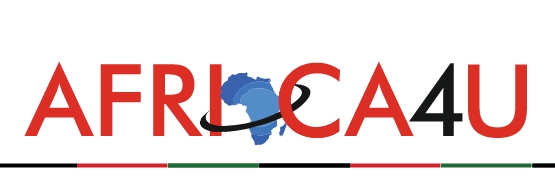(3 minutes read)
Prices of rice have soared to the highest in a decade as India limits exports and erratic weather wreaks havoc on Asian rice fields. This is likely to worsen food security in many countries that rely on rice as a staple. The world’s top exporter of rice, India, imposed an export ban on non-Basmati white rice last month, with the government saying its aim was to help lower the prices at home and secure domestic availability. This could impact millions of consumers around the world, with Asian and African countries expected to bear the brunt.
Prices of rice have soared to the highest in a decade as India limits exports and erratic weather wreaks havoc on Asian rice fields. This is likely to worsen food security in many countries that rely on rice as a staple. The world’s top exporter of rice, India, imposed an export ban on non-Basmati white rice last month, with the government saying its aim was to help lower the prices at home and secure domestic availability. This could impact millions of consumers around the world, with Asian and African countries expected to bear the brunt.
The United Arab Emirates, a major importer, and re-exporter of Indian rice, followed suit, restricting sales of its rice supplies to other countries. Thai and Vietnamese exporters reacted by pushing to renegotiate the prices on sales contracts for around half a million tons for August shipments.
Rice prices have surged to their highest levels in a decade, marking a 14% increase since last June. The situation is primarily caused by warmer, drier weather and erratic rainfall damaging rice production throughout Asia. In the past months, torrential rains and floods in northern India, for example, have damaged many rice fields. Additionally, rising fertilizer and fuel prices have contributed to increased production costs. The ongoing war in Ukraine and the termination of the grain deal have also constrained the global supply of wheat and corn, raising the demand for rice as an alternative staple.
Read Also:
https://trendsnafrica.com/rice-shipment-brings-relief-to-comoros/
https://trendsnafrica.com/shortage-of-rice-causing-panic-buying-in-liberia/
Last year, India exported about 22 million tons of rice to 140 countries, comprising roughly 40% of the global cereal trade. Thailand accounted for approximately 15% of the global market demand, while Vietnam contributed 14%. According to data released by the Indian government, nearly 80% of the country’s rice exports consisted of non-Basmati varieties, which are more affordable and in high demand in economically challenged nations such as Bangladesh, Nepal, Senegal, Benin and other parts of sub-Saharan Africa. India’s export prohibition on non-Basmati rice is likely to exacerbate food insecurity for many of these countries, as they heavily rely on the country as their primary rice supplier.





